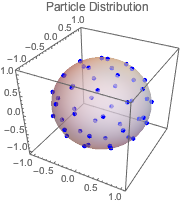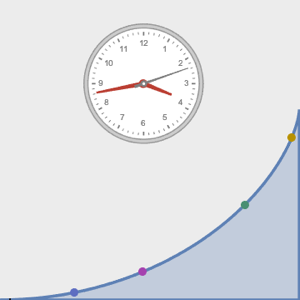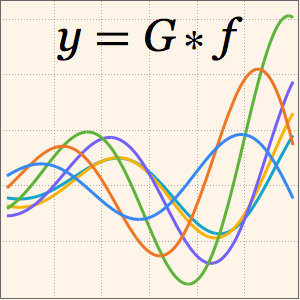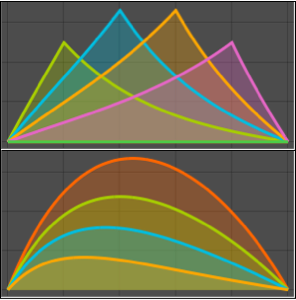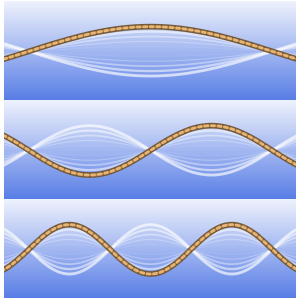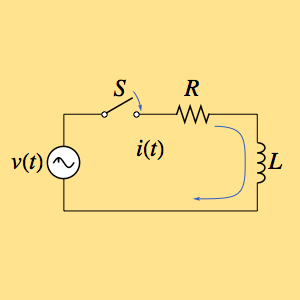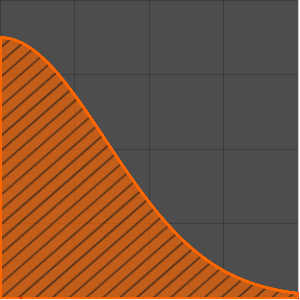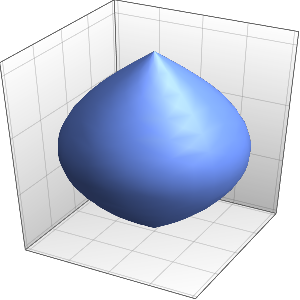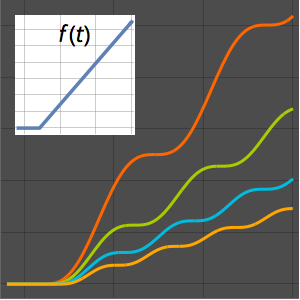求球面上的电荷分布
找出球面上使库仑势为最小的自由运动等电荷粒子的位置,这便是平衡时的电荷分布.
用 n 表示粒子数.
In[1]:=
n = 50;设 {xi, yi, zi} 为 
![]() 粒子的笛卡尔坐标.
粒子的笛卡尔坐标.
In[2]:=
vars = Join[Array[x, n], Array[y, n], Array[z, n]];目标是使库仑势最小.
In[3]:=
potential =
Sum[((x[i] - x[j])^2 + (y[i] - y[j])^2 + (z[i] - z[j])^2)^-(1/
2), {i, 1, n - 1}, {j, i + 1, n}];由于粒子是在球面上,它们的坐标必须满足大小为 1 的约束.
In[4]:=
sphereconstr = Table[x[i]^2 + y[i]^2 + z[i]^2 == 1, {i, 1, n}];使用球面坐标在球面上随机选择初始点.
In[5]:=

rpts = ConstantArray[1, n];
thetapts = RandomReal[{0, Pi}, n];
phipts = RandomReal[{-Pi, Pi}, n];
spherpts = Transpose[{rpts, thetapts, phipts}];将初始点变换成笛卡尔坐标.
In[6]:=
cartpts = CoordinateTransform["Spherical" -> "Cartesian", spherpts];重新排列初始点使其与变量顺序匹配.
In[7]:=
initpts = Flatten[Transpose[cartpts]];以球面为约束将库仑势最小化.
In[8]:=
sol = FindMinimum[{potential, sphereconstr}, Thread[{vars, initpts}]];从解当中提取出粒子的平衡位置.
In[9]:=
solpts = Table[{x[i], y[i], z[i]}, {i, 1, n}] /. sol[[2]];图示结果.
In[10]:=

Show[ListPointPlot3D[solpts,
PlotRange -> {{-1.1, 1.1}, {-1.1, 1.1}, {-1.1, 1.1}},
PlotStyle -> {{PointSize[.03], Blue}}, AspectRatio -> 1,
BoxRatios -> 1, PlotLabel -> "Particle Distribution"],
Graphics3D[{Opacity[.5], Sphere[]}]]Out[10]=
